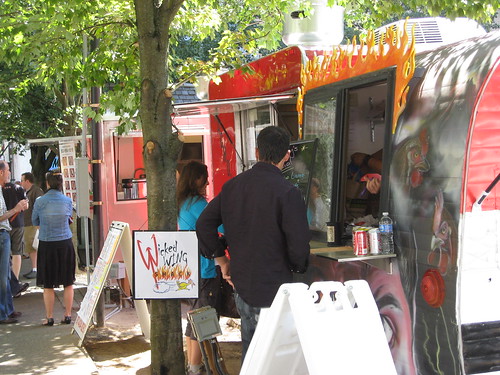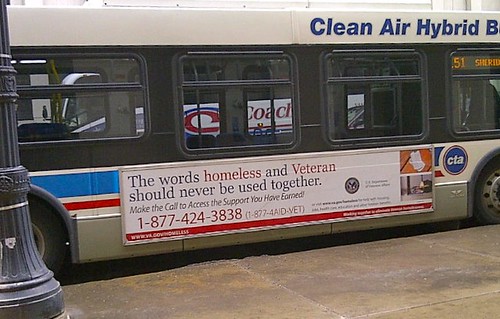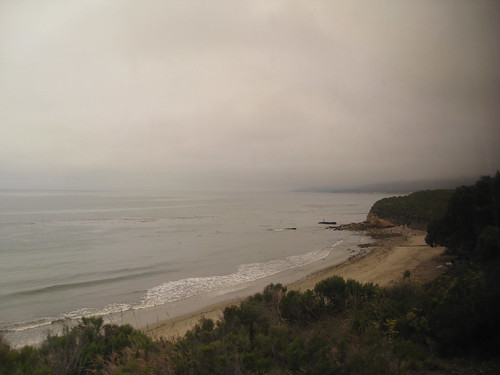[D]river distraction continues to be a significant safety problem. For example, in a survey we're releasing ..., more than three-quarters of the drivers told us they answer calls on all, some, or most trips when they're behind the wheel. They also said there are very few driving situations when they would not use the phone or text, and that they rarely consider traffic situations when deciding to use their phone. That behavior poses a safety threat to everyone on the road.We owe our rural neighbors mobility options beyond the single-occupancy vehicle. To bring options to people in every type of community involves partnerships and an eye on the prize of what type of transportation options a community needs, or, given the realities of funding scarcity, what kind of transportation service a community or region desperately needs. This blog addresses the "how" of options that are available and what national organizations, government at every level, and other partners are doing to make getting from here to there (channeling Dr. Seuss) easier.
Technical Assistance
Local coordination stories are featured in today's NRC Technical Assistance News about how communities are growing or reconsidering transit and transportation services. Stories come from York, Pa., Corpus Christi, Tx., and Portland, Or.
From our technical assistance network, an offering that national organizations and state and local stakeholders may be interested in is the National Transit Institute webinar on Jan. 12, 2012, Public Transportation Systems as the Foundation for Economic Growth (RRD 102), which examines the experiences of four cities outside the U.S., Istanbul, Cairo, Johannesburg, and Cape Town, through the eyes of staff from much-smaller American transit systems and cities who participated in the Transit Cooperative Research Program (TCRP) international study mission.
[A light rail area of Denver's upcoming new Union Station multi-modal hub.]
What Is Rural Smart Growth?
Federal Interagency Partnership for Sustainable Communities
Supporting Sustainable Rural Communities is a partnership report that presents brief case studies and explanations of benefits of livability for rural communities. The report seeks to make the practical case for livability outside its usual metropolitan area or urban contexts. Walking, biking, transit and economic development are part of the usual cast of livability characters discussed by the federal partner agencies, the Department of Transportation, the Environmental Protection Agency, and the Department of Housing and Urban Development, in collaboration with the Department of Agriculture. A list of staff contacts at each agency appears in Appendix B.
The agencies are promoting community self-determination in rural areas, espousing particular strategies for economic vitality that also support transportation-challenged populations, historic downtowns and rural landscapes and agriculture. In an agency-cross-cultural exchange, the report explains the relevant programs of each agency to rural areas. Performance measures are suggested for each type of goal - whether environmental, housing, land use, transportation, economic. Case studies are from many sparsely populated places, especially from the Plains to the West Coast. My favorite transit-focused case studies are the Opportunity Link in Montana, the Tennessee Intercity Bus Program, and the Downeast Transportation and Island Explorer transit service in Maine, which grew out of a meals-on-wheels program.
State Legislation and Livability
AARP
I attended the recent AARP Public Policy Institute forum on aging in place and read the report connected with the event. Aging in Place: A State Survey of Livability Policies and Practices was a joint venture with the National Conference of State Legislatures. It presents case studies about transit, human services transportation, pedestrian safety, volunteer driver programs, transit-oriented development, and housing-related issues. There is an appendix with a summary of state laws and programs. AARP and NCSL "offer state legislators and officials concrete examples of state laws, policies and programs that foster aging in place."
The report gives many state legislative examples and points out which ones are mandatory and which do not actually require changes. One concrete example given of the dollars-and-cents ramifications of sprawl and exclusively auto-centric communities versus more compact and mixed-use development concerns emergency service delivery in Charlotte, N.C.
Connectivity also reduces the cost of providing emergency services. In Charlotte,[Portland's round-the-block food cart destinations are a wonderful example of a transit-oriented, mixed-use, neighborhood's potential offerings.]
the most efficient fire station—in a connected 19th-century neighborhood—served 26,930 households in 14.1 square miles with a per capita life cycle cost of $159 per year. In contrast, the least efficient station—in a sprawling community built in the 1980s and 1990s—served only 5,779 households in 8 square miles at a per capita life cycle cost of $740 per year.
Variety of State Action
The report discusses what is necessary in terms of transportation and pedestrian-friendly street networks for people to age in place and the movement at the state legislative level on related policies. From Virginia's complete streets legislation to Utah's transit-oriented development, the report contains many examples of programs and laws that are the starting blocks for communities to be hospitable to a wider range of transportation modes. An example of progress is Montana, a very sparsely-populated state.
Three years ago, the state had nine rural transportation systems; today, there are almost 40. To achieve this, the state went to city and county governments and several county Councils on Aging (each of which already operated some type of bus service) and offered to help them devise and pay for a coordinated plan. “We went to these Councils on Aging and said, ‘You’re already running a senior bus service; if you open your doors to everyone, print a schedule and follow the FTA guidelines, we will help you pull it all together and receive FTA funding,’” said [Audrey] Allums. The localities have provided matching funds by using Title III-B Older Americans Act money, property taxes, donations and other local government money.What Is a Citizen to Do?
Idaho Smart Growth
Idaho Smart Growth releases a citizen's guide that could easily function as a template for other states and communities. Language is plain for laypeople. It defines livability concepts and walks through jurisdictional responsibilities and steps for becoming involved in planning and community participation in land use, transportation, and public health decisions. Included is information specific to Idaho and local organizations, but most of the guide and resources listed are relevant nationally.




